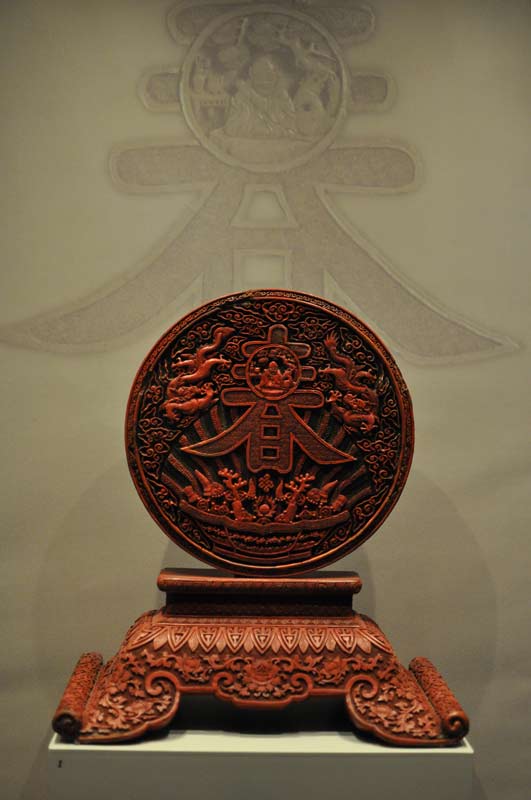Lacquers
Chinese Art Collection
The use of lacquer for the construction or decoration of a variety of vessels, furniture and other utilitarian objects, such as boxes for cosmetics or food storage was already known in the early Chinese dynasties. This early phase was dominated by brown, red and black lacquers, which were usually painted or had an inlaid decoration. Red lacquer with carved decorations dominated during the Qing Dynasty, however, use of other colours continued.
Lacquer is a resin collected from the trunk of the rhus vernicifera, which grows mainly in southern India. This liquid, which has the ability to dry quickly even in a humid atmosphere, is cleaned and painted easily and waterproofs and protects the surface of the articles on which it is spread. The liquid lacquer is painted in successive layers onto a wooden, clay or fabric core in order to create the object that the artist is constructing. Often more than a hundred layers of lacquer are required to create an object in a basic colour. Frequently, though, different colours are used alternately, so that, with suitable engraving, a two-colour or multi-coloured surface is achieved.
Ritual disc on a base


